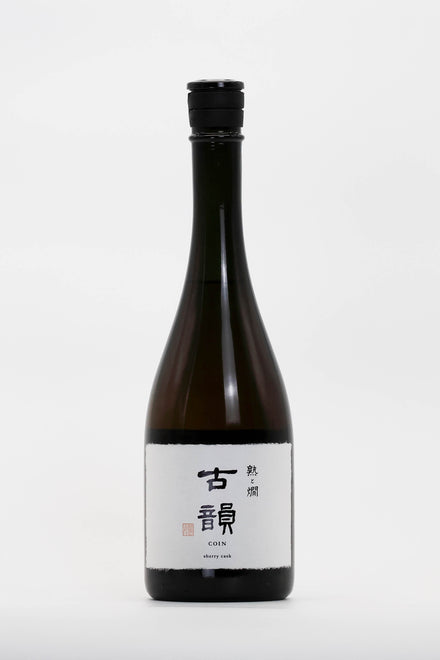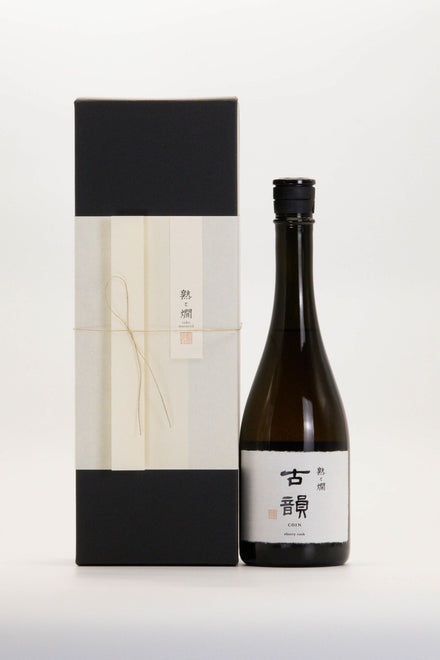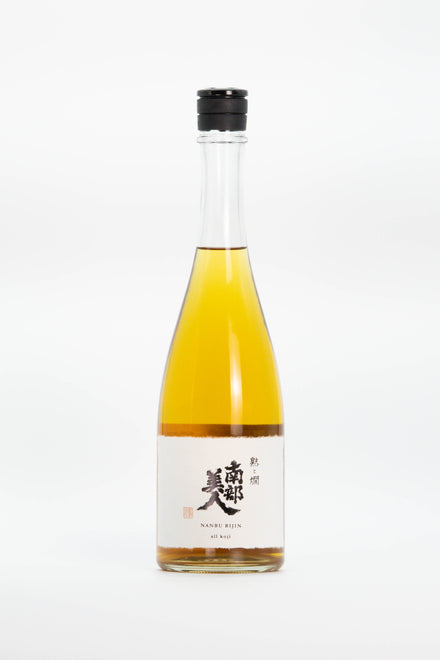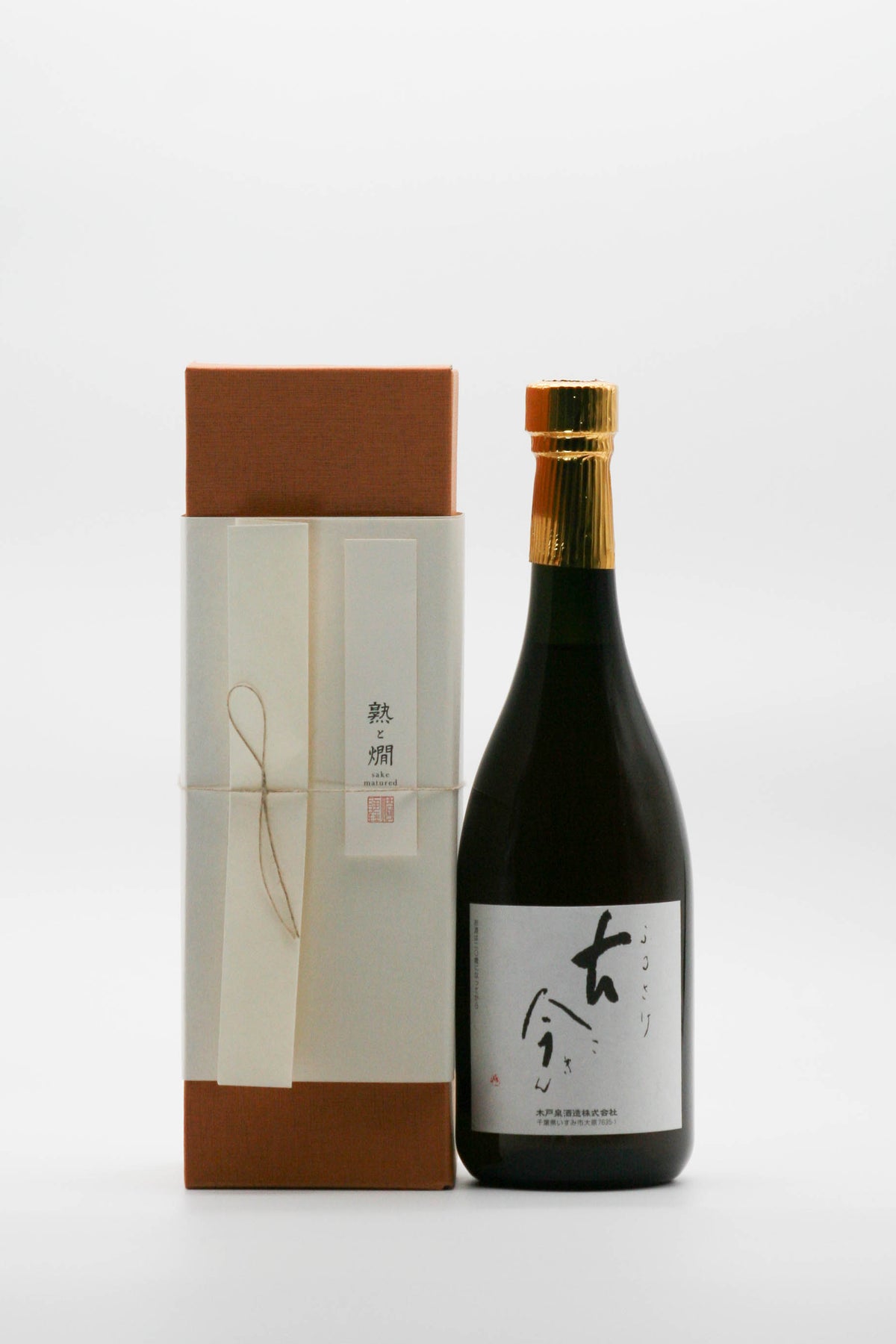
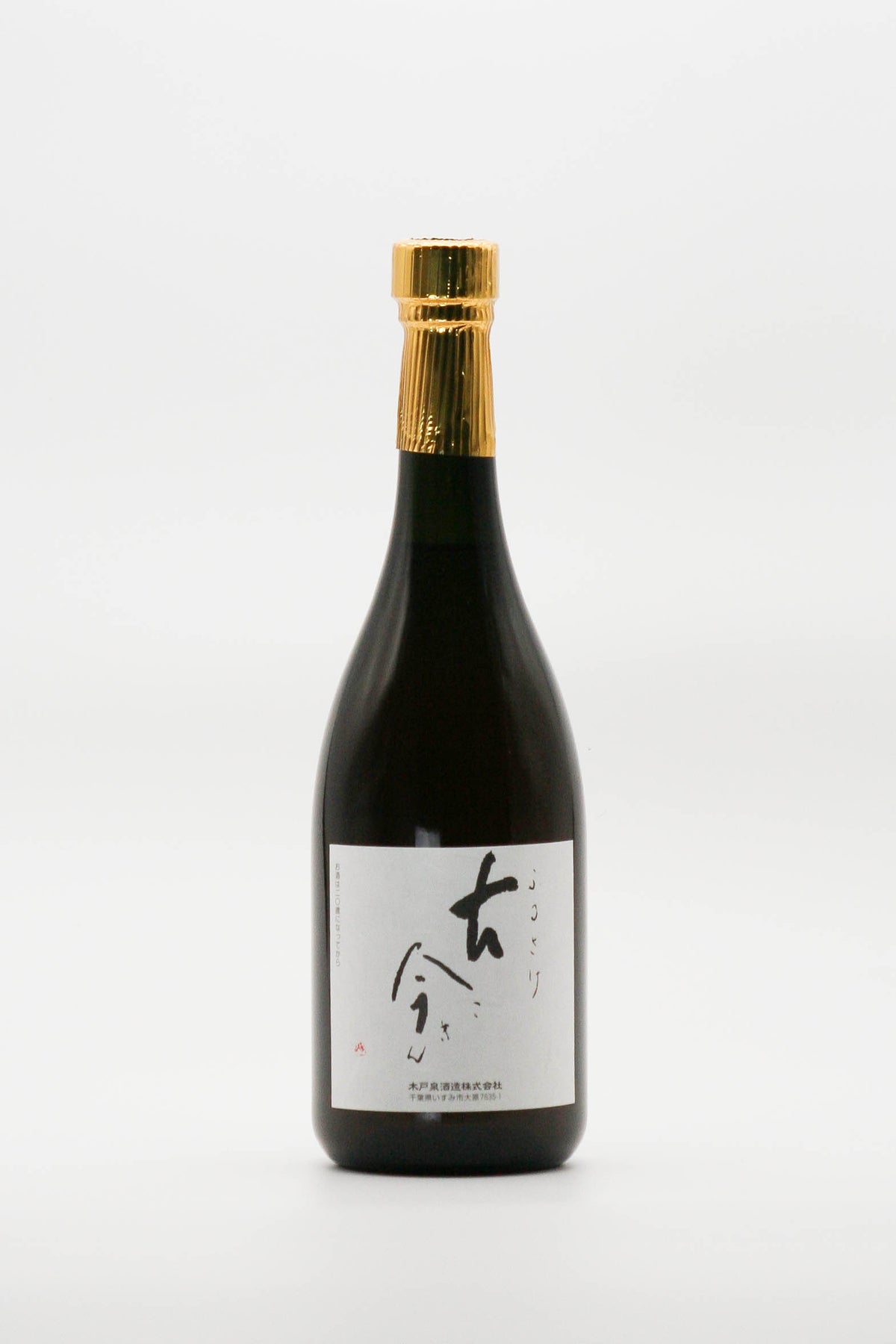
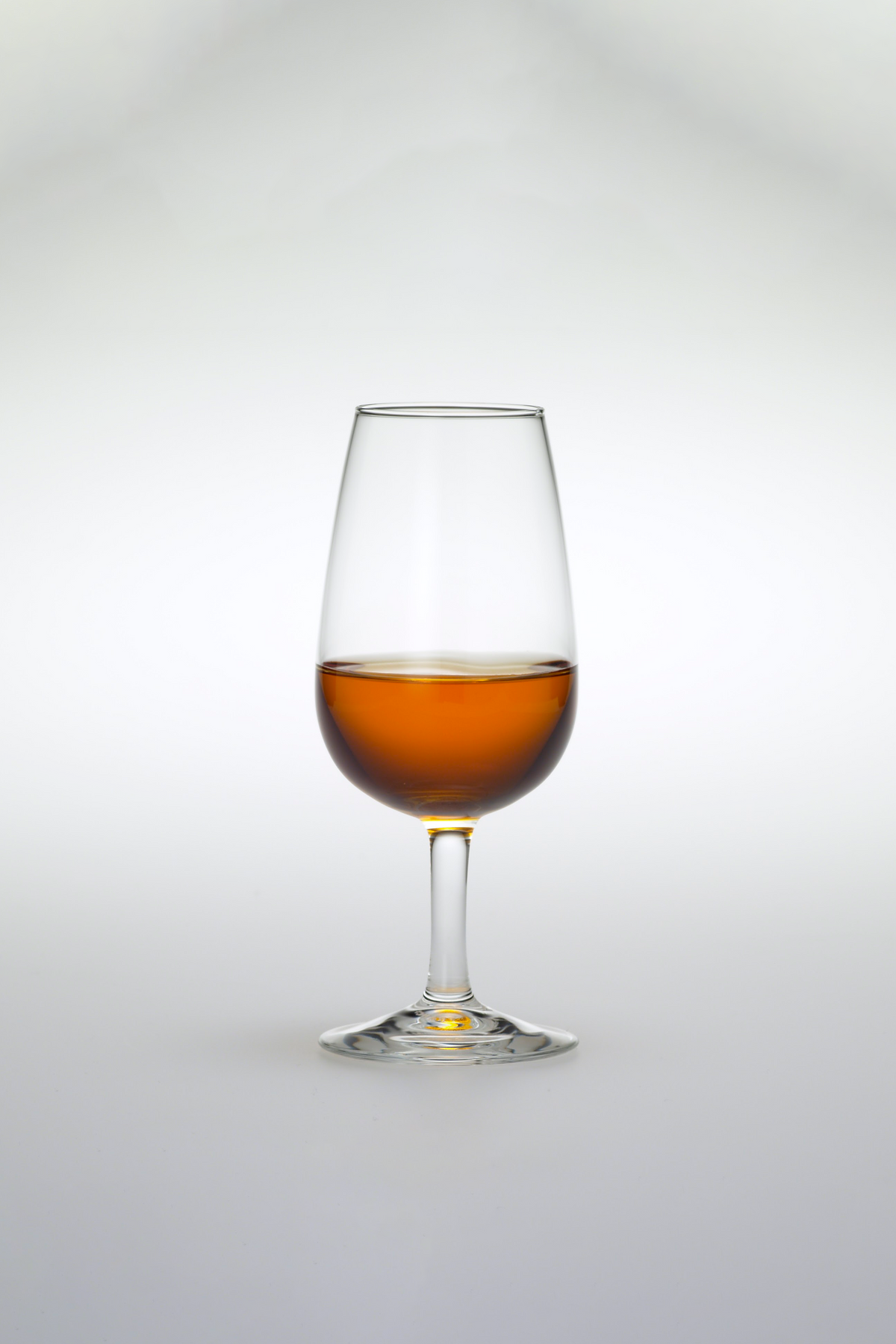
An assemblage of sake blended by the toji (master brewer) of several kinds of Junmai sake that have been matured for 30 years or more to achieve a wonderful balance of taste and aroma. The name Kokin was given by Mr.Aimasa Irie, who was the Chief Chamberlain of Emperor Showa.
[Gift] Kokin 30+ years
| Vintage | - |
| Years aged | over 30 years |
- 10 years or more
- 10,000 – 49,999yen
- All Products
- Gift suggestions
- Golden yellow
- Non-vintage
- Throughout the meal
- With dessert and/or as an after-dinner drink
- Brewer:
- Alcohol:18%
- Volume:720ml
Couldn't load pickup availability
[ Drinking alcohol under the age of 20 is prohibited by law. ]
The sake in this assemblage is Junmaishu, made entirely with the Yamada Nishiki variety of sake rice grown in Hyogo Prefecture. The Toji (master brewer) personally creates the blend from various Junmai Genshu, each matured for 30 years or more, to create a balanced blend that you can enjoy with all five senses.
The name was given by the late Mr.Irie Aimasa, who served as the Chief Chamberlain of Emperor Showa and had a deep knowledge of food. Impressed by its taste, he even provided the calligraphy on the label, so it truly is a venerable sake.
- about
-
Type High temperature brewing Rice polishing ratio 60% Yeast type Association No. 7 Ingredients/raw materials rice, rice koji Rice type Yamada Nishiki Origin of rice Hyogo prefecture Toji(Brew Master) Toyoichi Nagai Assemblage 有
- Recommended occasions/temperature
-
- How to store
-
- Delivery dates and charges
-
![[Gift] Kokin 30+ years](http://sakematured.com/cdn/shop/files/IMG_1007.jpg?v=1699172495&width=1445)
![[Gift] Kokin 30+ years](http://sakematured.com/cdn/shop/files/IMG_1004.jpg?v=1699172495&width=1445)
![[Gift] Kokin 30+ years](http://sakematured.com/cdn/shop/files/glass_4_2_4a024d32-4240-4dc2-9fe2-9ea2bc3b5d7b.png?v=1699172495&width=1445)
Tasting comments
-
Nobuhiro Ueno
(Juku to Kan Bar Master / Permanent Director of the Toki Sake Association)(chilled)
An elegant and well-balanced aged fragrance that does not have a particularly distinctive scent.
The taste is well-balanced and perfect, and you can feel the flavor of the rice.
I want to savor this slowly.
-
Hidekazu Ishiwata
(Former National Tax Bureau Chief Appraiser)(chilled)
Bright amber color. The top is roasty.
A hint of vanilla and a sharp sense of maturity.
It has a smooth texture and a sharp acidity and bitterness.
(warm)
The aroma is sweet at the top, with a hint of sulfur amid the caramel notes.
The aroma is full. There is a scent of burnt caramel.
Sharp acid profile with delicious aftertaste. -
Akiko Toda
(Director of ITTEKI, Japan Sake and Meat Research Institute)(chilled)
Amber tones. I detect notes reminiscent of tree trimmings, brown rice, and spice.
Quite sour, and the spicy aroma gives it a punch, but would work with spiced roasted chicken.
(warm)
Sweetness, sourness, and bitterness all come to the fore.
At a temperature of around 45℃, the flavor is heartier and more pleasant. I would like to enjoy it with something that has a relatively strong flavor and bitterness, such as karasumi or butterbur miso. -
Yuji Yamauchi
(Yushima Tenjinshita Sushi Hatsu 4th generation / 1st JSA SAKE DIPLOMA competition winner)(chilled)
A strong soy sauce-like aroma. The depth of flavor and the volume are commensurate with it.
I would recommend pairing with oily meat dishes or quite sour fruit.
Brewer
- Choosing a selection results in a full page refresh.
- Opens in a new window.

